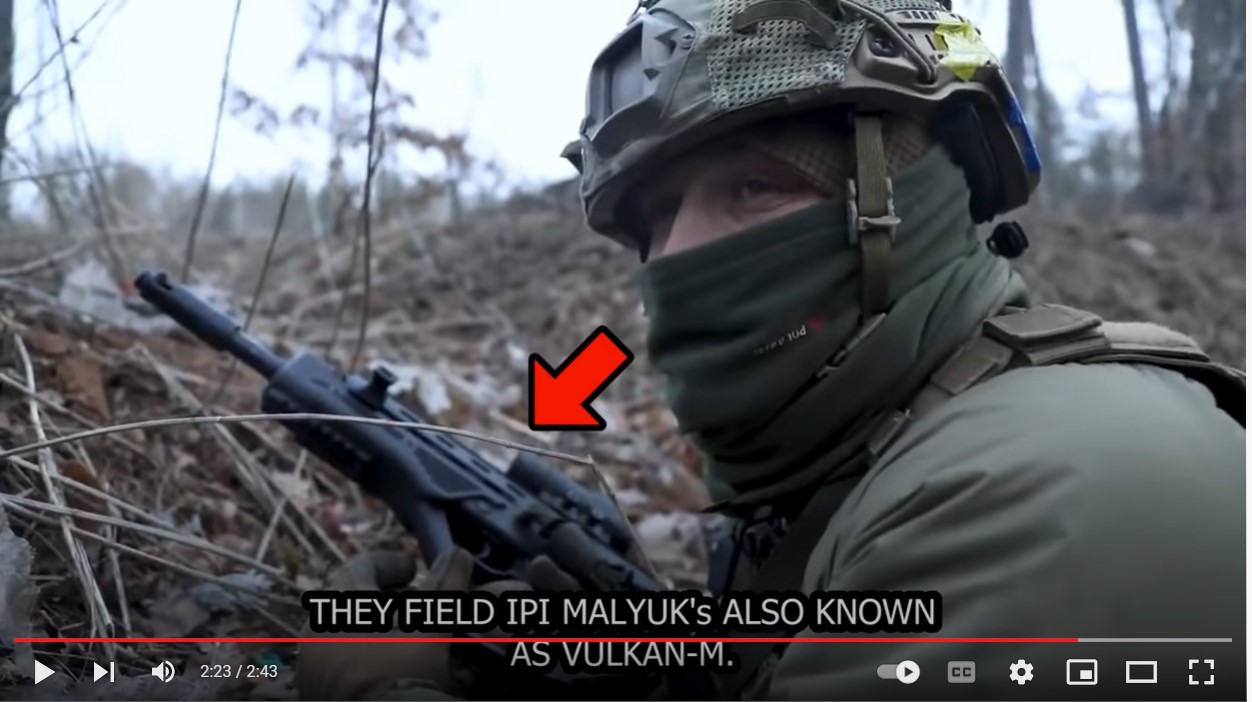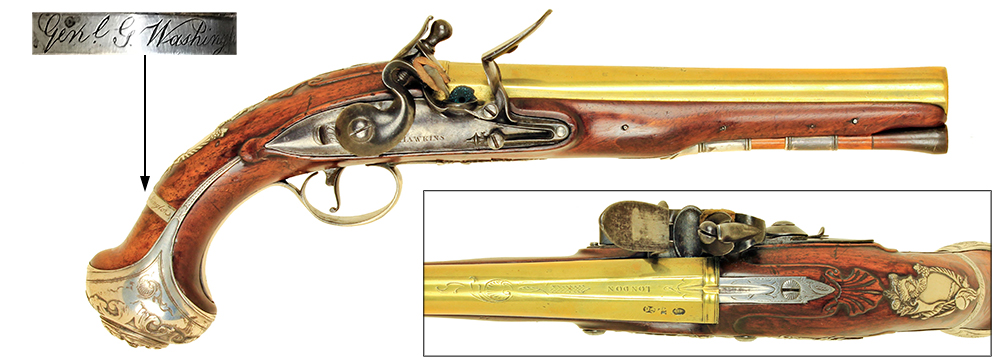Field & Stream.
This cartridge became available in 1895 in Winchester’s Model 1894 lever action rifle. It was America’s first sporting cartridge to be loaded with smokeless powder and was originally loaded with a 160-grain bullet and 30 grains of powder. This produced a muzzle velocity of about 1950 fps. The cartridge got its name from its .30-caliber (.308-inch) bullet and the 30 grains of powder that fueled it. Since then, the cartridge has been chambered in a wide range of rifles but gained its fame and popularity in the 94 and the Marlin 336.
When it comes to modern .30-30 ballistics, things are a bit improved today. The most common loading is a 150-grain bullet at an advertised 2390 fps. However, for common 20-inch barreled traditional lever guns, real muzzle velocities are closer to 2300 fps. This is a powerful combination and has been used effectively on everything from feral hogs all the way up to moose. You can also get 125 and 170-grain loads, but neither offer any practical advantage over 150-grain loadings, especially the excellent 150-grain Federal HammerDown, which has been specifically tuned for lever guns.
However, there is another option. Hornady offers 140- and 160-grain LEVERevolution loads. What sets these apart is that they utilize a spitzer instead of a round nose bullet. Round nose bullets have always been required in tube fed lever guns, but the soft rubber FlexTip used by Hornady makes these pointy bullets safe in the magazine tube. With the LEVERevolution ammunition the .30-30 has a 13% flatter trajectory and retains about 6% more energy. Regardless the loading, a traditional 30-30 lever gun will recoil between 10 and 13 foot-pounds of energy.
[ … ]
When most think of a 45-70, they think of a 45-70 lever action rifle. However, the first 45-70 was not a lever gun. The cartridge was adopted by the U.S. military in 1873 in the single shot Trapdoor Springfield rifle. The ballistics of original .45-70 ammo was nothing to crow about by today’s standards. It was originally loaded with a 405-grain .45-caliber bullet ahead of 70 grains of black powder, hence the name 45-70. This load had a muzzle velocity of around 1300 fps and compared to modern .45-70 ballistics; it was like throwing a rock. At 200 yards the bullet would drop more than two feet.
With the arrival of the .30-30 Winchester and the 20th Century, interest in the .45-70 waned. It simply could not compete with the flatter shooting .30-30 or the even more modern .30-06. However, in the early 70s Marlin reintroduced their 1895 lever action rifle chambered for the .45-70. A version of Marlin’s much more robust 336 action, the new 1895 could handle ammunition loaded with much higher pressures. Soon, we began to see the second power level of .45-70 ammunition, which included 300-grain bullets being pushed to around 1800 fps. These carried more than 1000 foot-pounds of energy to 200 yards, with trajectories twice as flat as the original loading.
But the advancement in .45-70 ammo did not stop there. The 1895 is a very strong action and companies like Buffalo Bore began loading third power level “heavy” .45-70 ammunition. Recoil is however brutal; out of a Marlin 1895 these heavy loads generate nearly 50 foot-pounds of shoulder shoving punch.
He goes on to discuss some of the advantages and disadvantages, and ends up recommending the 30-30 for white tail and 45-70 for moose and elk (or bear and other dangerous game).
From my perspective, I just don’t want that much shoulder punch. I’m of the opinion that shooting ought to be a reasonably pleasurable experience, and if it is I’ll do it more and get better at it.
A 30-30 lever action rifle is easy to shoot. Really easy. Fun, accurate and pleasurable.
Then again, there are folks who have shot all of these guns so much that it doesn’t really matter. They’re already that good at it all, so no need for much more time at the range or in the field plinking or target shooting.
And if the really big bore gun meets your needs the best, that’s why we have variety.
By the way, I once knew a Marine Scout Sniper who shot the Barret .50. He came away with headaches every day from the range because of the concussive blast.





